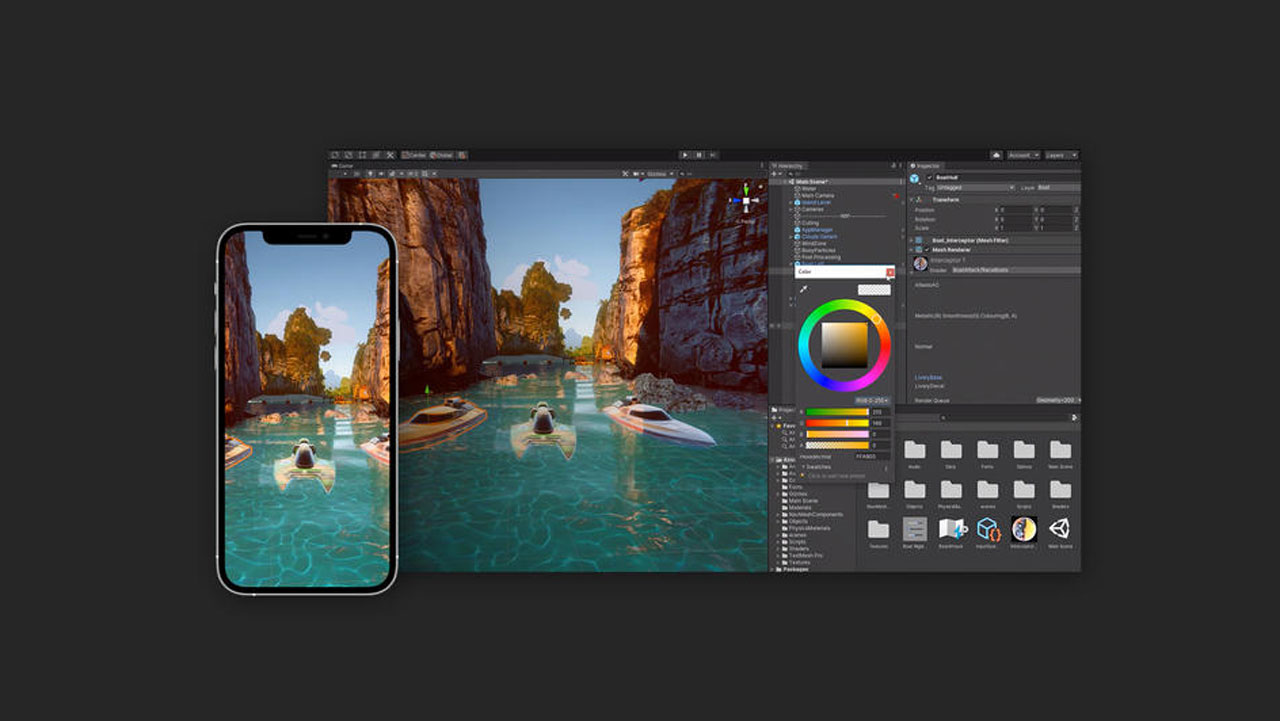Hyper-casual games are easy to play, addicting, and don’t take long to complete. It’s appropriate for people of all ages and genders. Open the top of Google Play or the App Store to view them straight immediately, since they are considered the most popular genre of mobile games in the previous couple of years.
These games generally feature basic principles and straightforward controls that may be maintained throughout the game. You may, however, gradually raise the difficulty as you continue through the game. You may have a great idea for a game, but if you do not know how to perfectly implement it, then you may need to think about ordering services from a reliable game development studio.
Hyper casual game development
The development of a hyper casual game is no different from ordinary projects, because they are based on the same principles of modern game design. Don’t think that simple mechanics mean simple creation. On the contrary, often, in order to properly polish even one single feature of the game, you will have to try hard.

Therefore, the advice that can be given in terms of developing casual games fully applies to other projects as well. Remember – you can’t underestimate the simplicity of such a game, because it’s incredibly difficult to make it attractive as well.
What are the stages of development
In total, there are seven main stages of game development:
- Concept. This is the first stage at which the development team comes up with and works out the design of the project, its main ideas and mechanics. In this step, the original idea can undergo many changes before it becomes established and suitable for further development. The result of conceptualization is a concept document – a kind of final compilation of ideas;
- Prototyping. The next step is to create a prototype to develop and hone game mechanics that might look good on paper but face a lot of challenges in reality. The prototype does not need precise elaboration – the main thing is to check the key points around which the game is being built;
- Vertical cut. This is a minimum build of a game that contains a complete gameplay. At the same time, only those elements that are of key importance for the project should have the highest quality of elaboration, others can be neglected for the time being. Such a product can be evaluated by a publisher of computer games;
- Content creation. After working out the basic game mechanics, you can start creating content with which the project can be released for an external audience. This is where artists and designers begin to do most of the work, and the rest of the professionals hone the balance;
- Closed beta. This is a kind of stress test, a demonstration of the game to a closed circle of loyal people to test the project’s performance. It is critical to catch any bugs and shortcomings at this level in order to fix them for the next stage;
- Soft launch. If you do not want to risk, then the project can be released as a soft launch in the form of open beta testing for an already wide audience. At this stage, the game should already be monetized, since it will bring you profit immediately after launch;
- Release. After the release of the game, you can analyze the success and profit of the mobile project. If you have fully debugged product operations, community and support, then everything is done correctly.
All development should result in profit. The game is successful if the profit from one player for the entire time of his game exceeds the cost of attracting him to the project. With hyper-casual projects, this is not difficult to achieve, given the huge audience of such games.
What needs special attention?
Development is an arduous process that combines both creative and technical skills. Especially when it comes to hyper-casual projects, which, as we have already mentioned, are very difficult to make simple enough for a wide audience. However, when developing, it is worth paying special attention to several points that will significantly help your team in the future.
First of all, it is necessary to properly organize production. If an indie developer works alone, then he independently controls his vision of the project and releases it the way he wants. In return, he spends much more time and energy, but the final result will fully meet his expectations.
When completing development, try to deliver a coherent, complete and working software product that will be debugged in all directions. Bugs, errors, launch problems – all this will negatively affect both the popularity of the game and the profits. And vice versa, a project verified to the smallest detail will surely find a response in the hearts of casual gamers. Go now and order the development of the game of your dreams.
